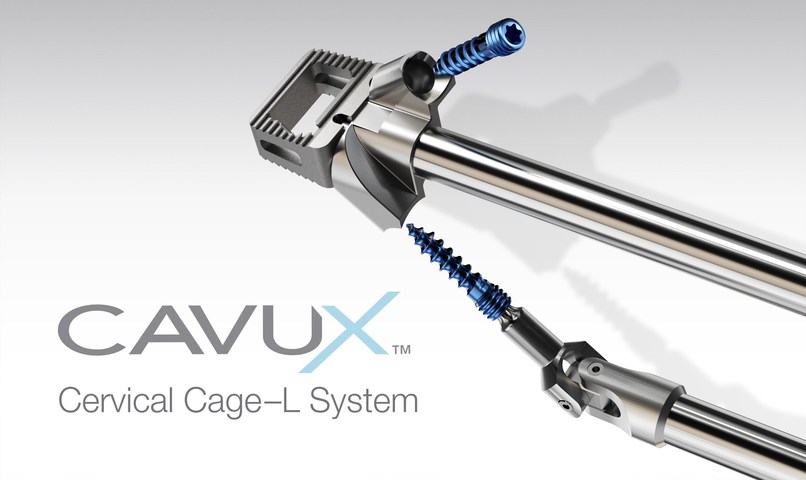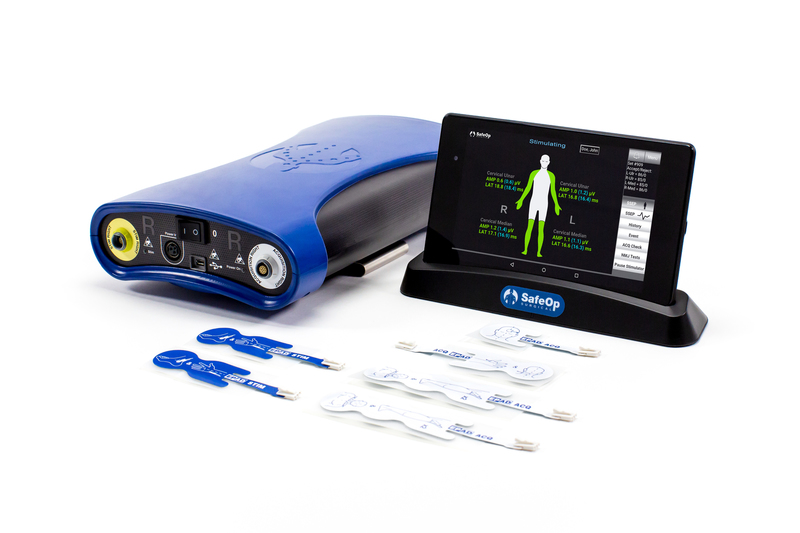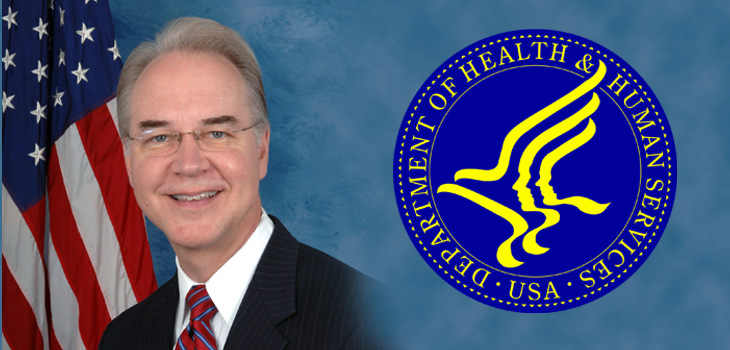WALNUT CREEK, Calif., Mar 29, 2017 /PRNewswire/ — Providence Medical Technology, Inc., an innovator in tissue-sparing, cervical-fusion technology, announced the addition of two industry veterans to the commercial leadership team. Scott Lynch has joined the company to lead Global Marketing, and Michael Scott is assuming International leadership. Together, Mr. Lynch and Mr. Scott have over 40 years of relevant industry experience.
Mr. Lynch joins the company with over 22 years of medical device and 15 years of spine industry marketing experience having previously served as Vice President of Global Marketing at DFINE, VertiFlex, and Zimmer Spine.
Mr. Scott joins Providence following over 16 years at ArthroCare as Vice President of OUS Sports Medicine, Vice President of Asia Pacific Commercial Operations, and US Vice President ENT Sales at Smith & Nephew.
Providence also announced recent 510(k) clearances from the FDA for the standalone use of the CAVUX™ Cervical Cage-L System as well as approval for its ALLY™ Facet Screws. These new clearances are complimentary to the company’s flagship DTRAX® Spinal System and are all provided terminally sterile for single-use to ensure efficiency and consistency.
“Scott Lynch and Michael Scott are important additions to our Executive Management team at Providence. Their veteran leadership and successful experience with high growth businesses make them an ideal fit for Providence at this exciting stage of our business,” said Jeff Smith, CEO of Providence Medical Technology. “With these new 510(k) clearances, we are pleased to offer our surgeon customers stand-alone anterior stabilization and posterior non-segmental stabilization for their cervical fusions.”
The CAVUX™ Cervical Cage-L System is manufactured from medical grade titanium and available in a variety of sizes. The implant offers proprietary grit-blasted and acid-etched surfaces, a large space for allogenic and autogenous bone graft and includes self-drilling and self-tapping screws for additional, standalone fixation.
The ALLY™ Facet Screws provide temporary stabilization as an adjunct to spinal fusion. The titanium implants are available in a variety of sizes to accommodate patient anatomy and are intended to provide mechanical support and stability until spinal fusion is achieved.
Providence Medical Technology’s family of products for cervical spinal fusion includes instruments, intervertebral cages, orthopedic bone screws, and allograft bone. All products are provided sterile for single use only.
About Providence Medical Technology, Inc.
Providence Medical Technology, Inc. is a privately-held medical device company developing innovative solutions addressing the $2 billion worldwide cervical spine market. The company’s focus is on commercializing the DTRAX® platform of single-use, tissue-sparing instruments and CAVUX™ and ALLY™ implants for cervical fusion, as well as other technologies that improve cervical spine procedures for both physicians and patients.
For more information, visit www.providencemt.com
SOURCE Providence Medical Technology, Inc.










